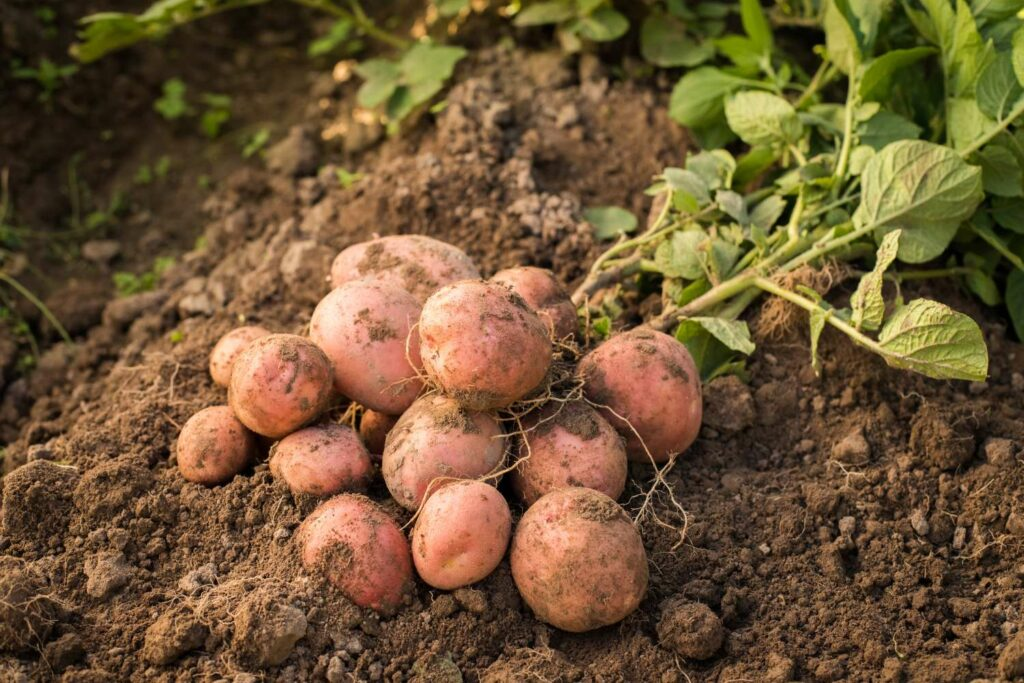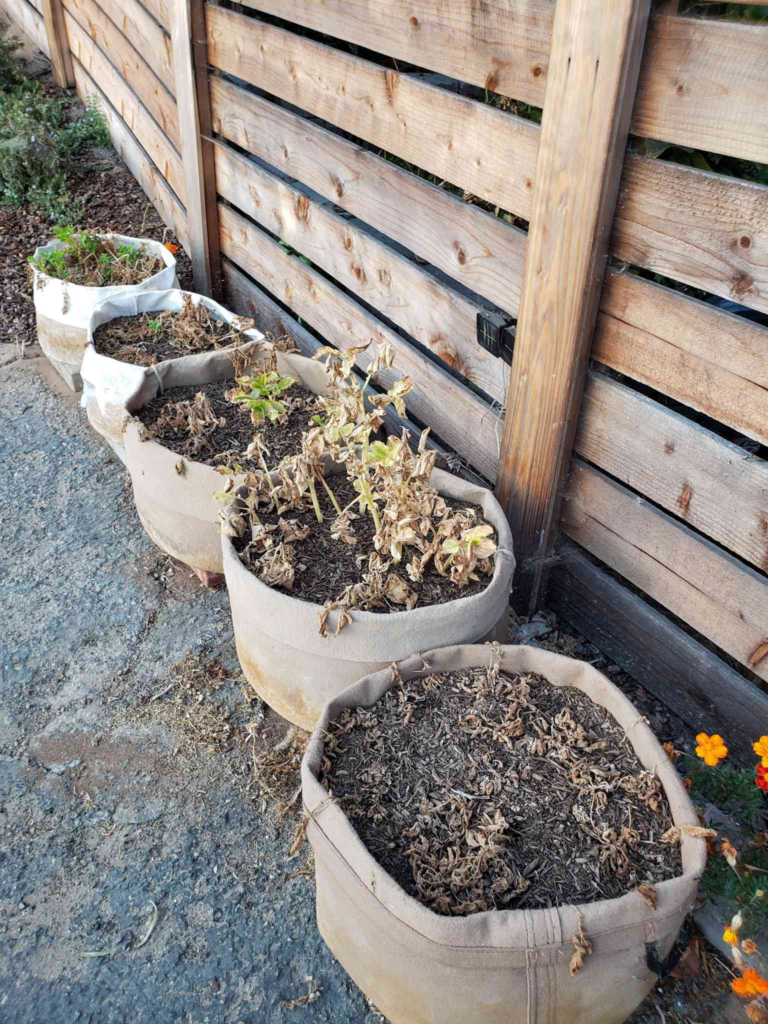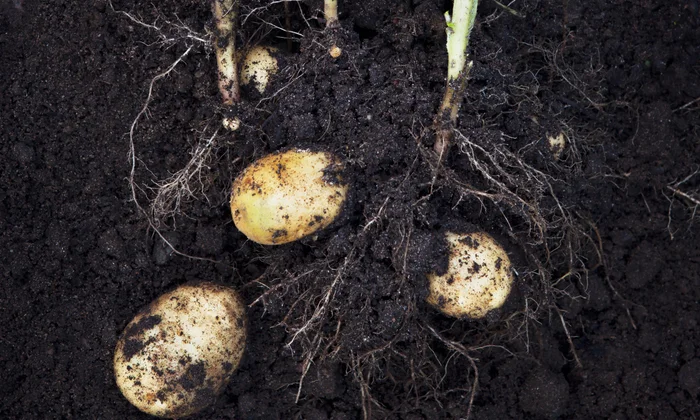By Benedict Vanheems | 29 July 2023
Potatoes are one of the most versatile crops you can grow—whether in the ground, containers, or even a sturdy cardboard box. With a bit of planning, you can harvest fresh, homegrown potatoes from early summer to late winter. Here’s how to make the most of your garden space by planting “second cropping” potatoes.
What Are Second Cropping Potatoes?
Second cropping potatoes are planted in late summer while the soil is still warm. These seed potatoes are kept in cold storage to prevent early sprouting, ensuring they are eager to grow when you plant them. Their rapid growth eliminates the need for chitting (pre-sprouting).
For the best results, opt for fast-growing varieties like ‘Rocket,’ ‘Swift,’ or ‘Sharpe’s Express.’ These first-early potatoes mature quickly, making them ideal for this time of year.
Planting Potatoes in the Ground
Planting directly into the ground can yield larger harvests, but timing is critical. Potatoes cannot survive freezing temperatures, so ensure you have at least 90 frost-free days between planting and harvest.
- Prepare the Soil: Enrich the soil with well-rotted manure or compost for a nutrient boost.
- Planting Depth and Spacing: Space seed potatoes about 18 inches (45 cm) apart in all directions.
- Watering Needs: Keep the soil well-watered during dry spells. As cooler autumn weather sets in, natural rainfall should suffice.
Harvesting begins as soon as the foliage dies back, usually in mid-to-late autumn.

Growing Potatoes in Containers
For more control over frost risk, consider growing your second cropping potatoes in large containers, which can be moved to sheltered areas like patios or greenhouses.
Using Cardboard Boxes
Even something as simple as a sturdy cardboard box can serve as a free, eco-friendly container.
- Prepare the Box: Reinforce the box by nesting one inside another if needed.
- Planting Mix: Fill the bottom with 2 inches (5 cm) of potting mix, optionally blended with compost.
- Plant the Potatoes: Place seed potatoes on the soil and cover them until the box is half full. As the shoots grow, fill the box up to an inch (2.5 cm) from the top.
Remember, container potatoes need consistent watering—more so as the cardboard softens. Position the container in its final spot before watering heavily.

Once harvested, the softened box can be composted, making this method not just effective but sustainable too.
Protecting and Storing Potatoes
To extend your harvest, particularly for Christmas, take these precautions:
- Frost Protection: Insulate containers with bubble wrap, burlap, or sacking to protect against freezing temperatures.
- Timely Harvest: Container-grown potatoes can often be harvested just weeks before Christmas, perfect for festive meals.
Cut back dying foliage as the season progresses, and keep potatoes in their insulated containers until ready to use.
Conclusion
With second cropping potatoes, you can enjoy the satisfaction of fresh, homegrown potatoes well into the colder months. Whether planted in the ground or a creative container like a cardboard box, these spuds are your ticket to a continuous potato supply. Get planting now and reap the rewards of a late-season harvest!
